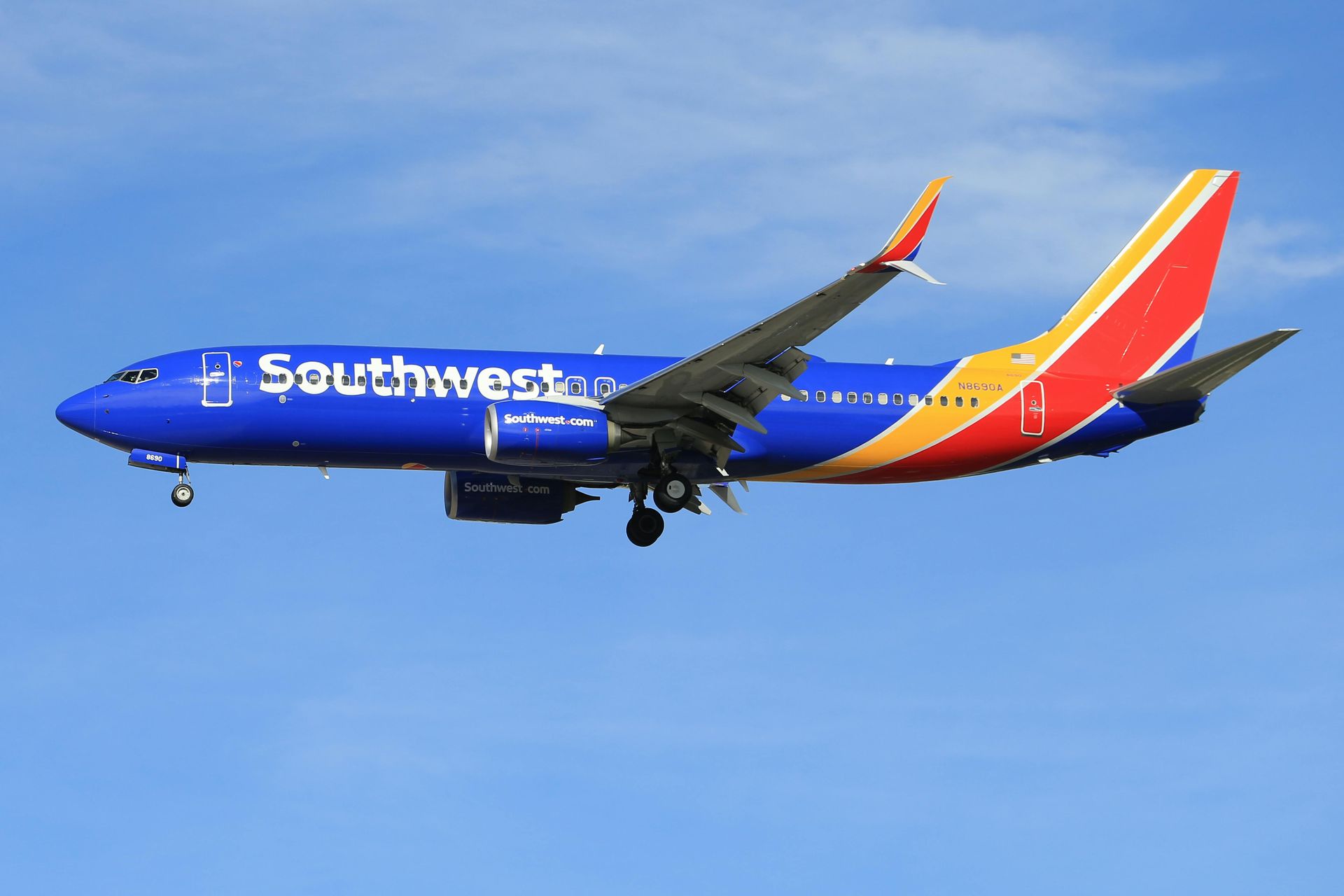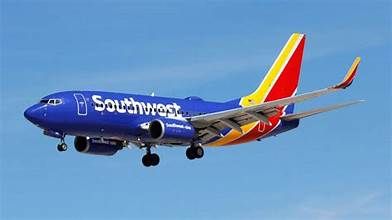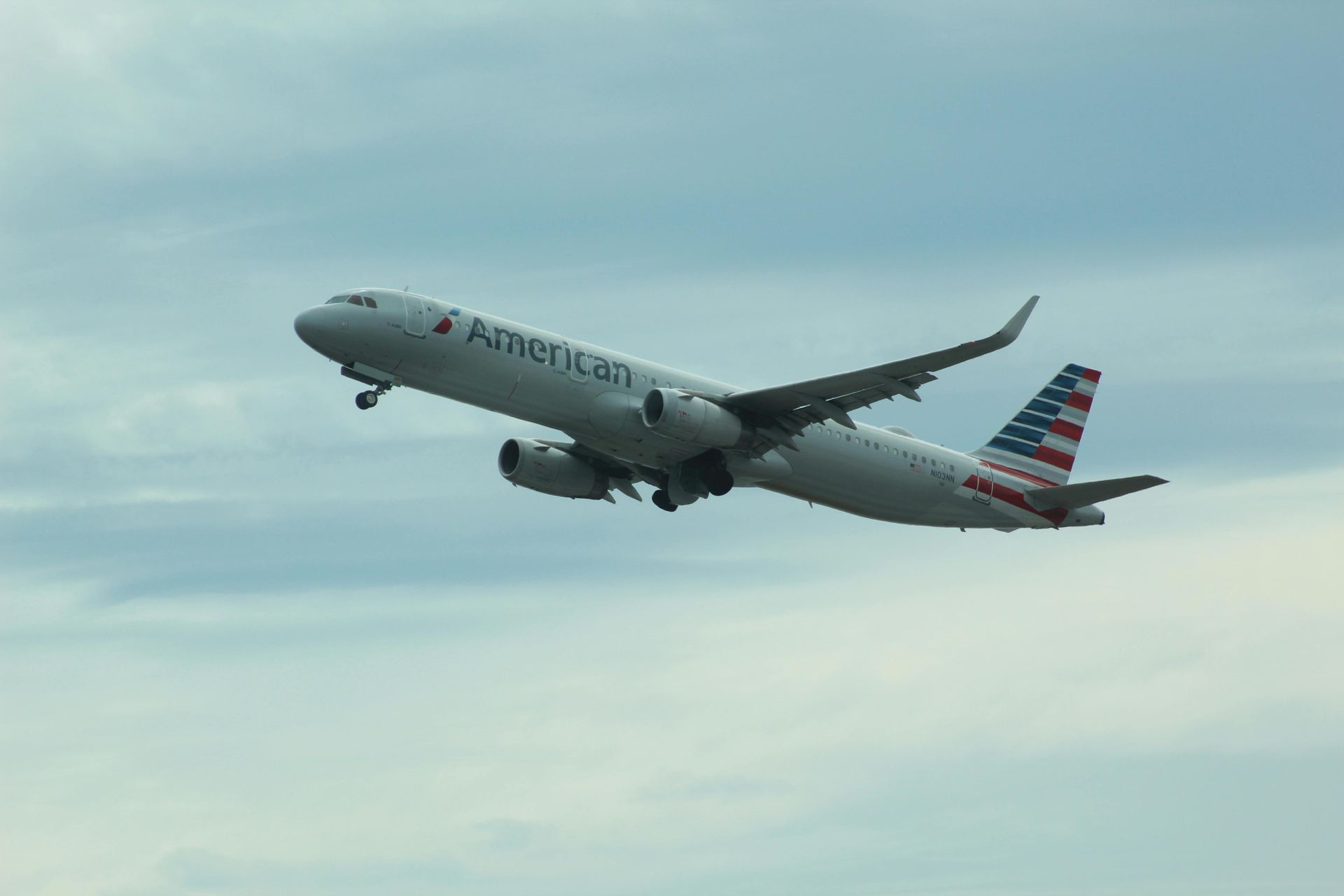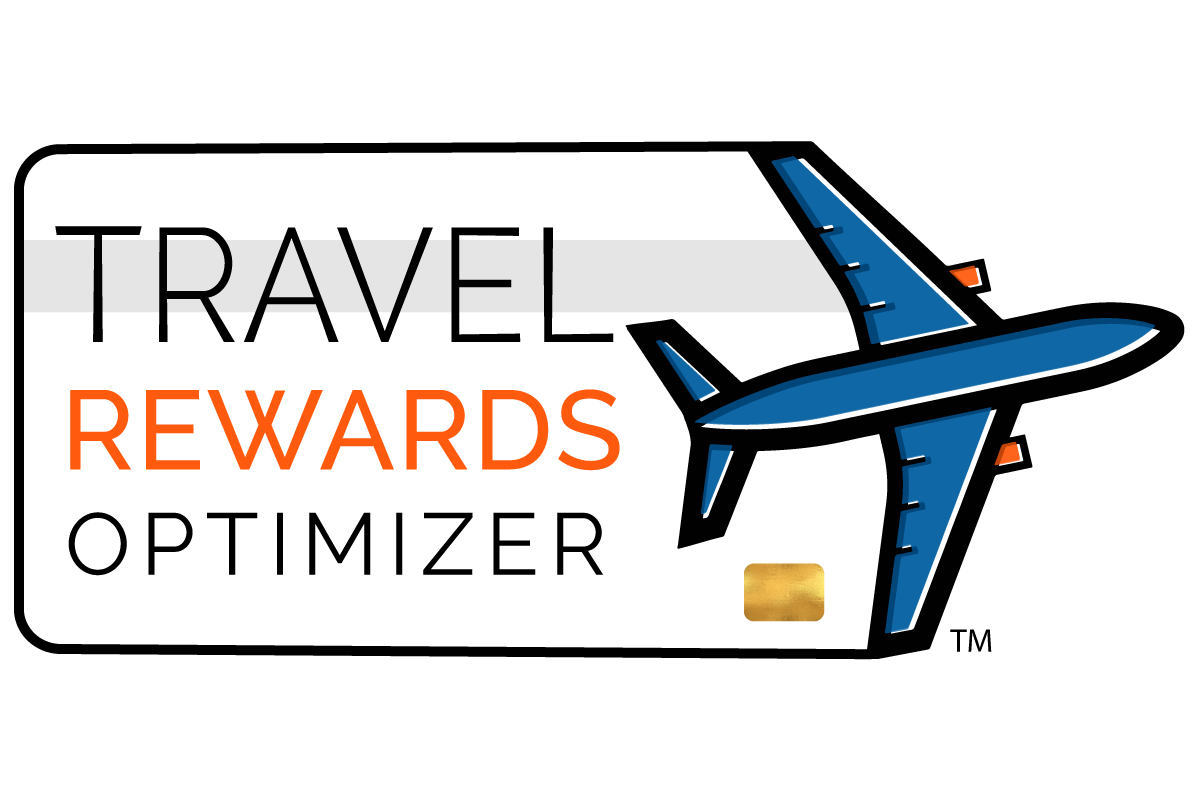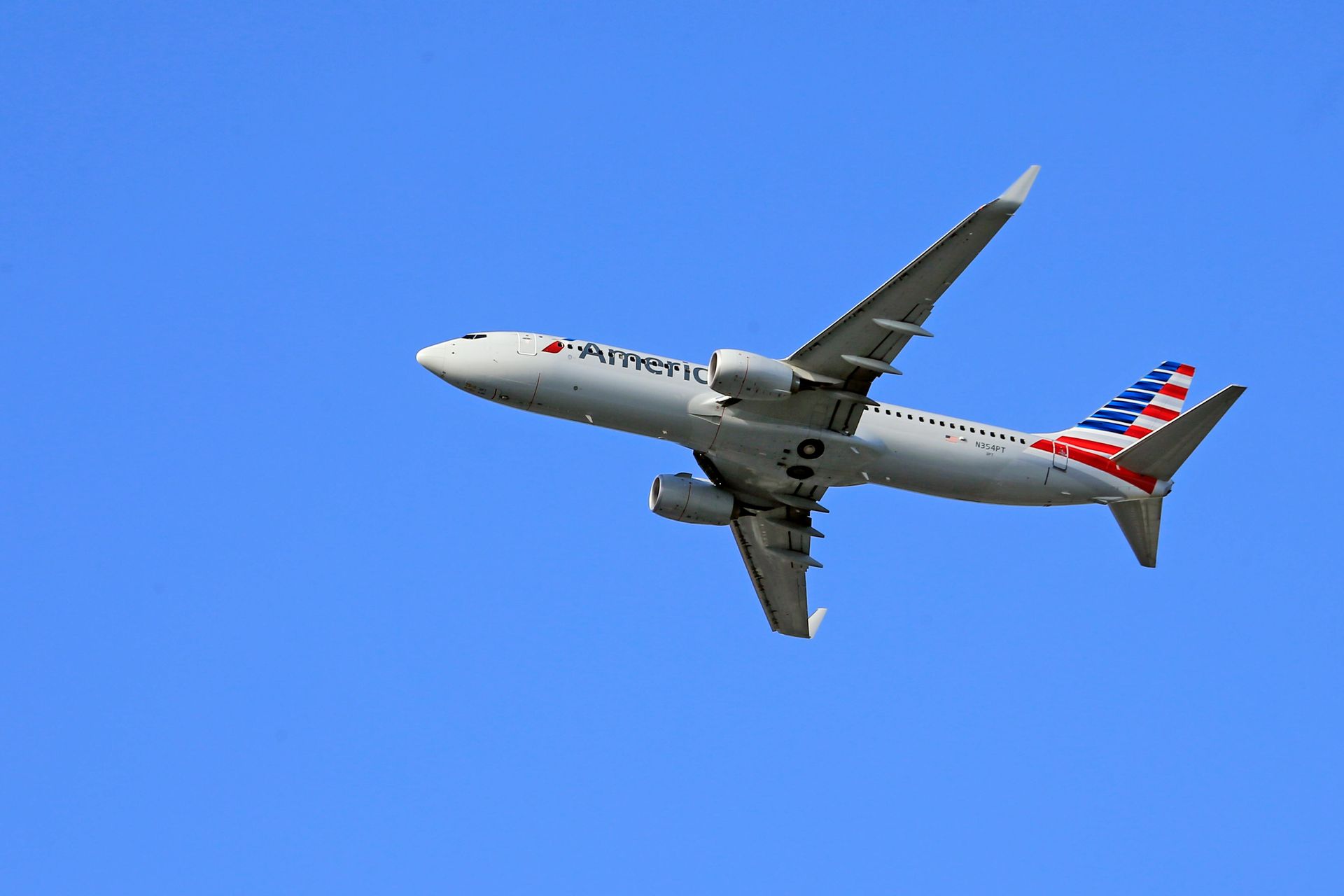NO! You Don’t Need to Carry Two Dozen Credit Cards for an Optimal Travel Rewards Program
Card issuers might want you to do this but, it is completely unnecessary for travel rewards
A recent article on a travel rewards website was entitled “The 24 Credit Cards in My Wallet Right Now.” If you follow travel rewards websites, articles like this are common. Since the gurus of the points and miles game are doing it, one might get the impression that this is a useful strategy for pursuing points and miles. However, this approach only makes sense for a very small subset of travelers whose job is to write about the fabulous trips they have taken with the miles and points they have accumulated using credit cards for their fabulous trips. Nice work if you can get it!
Why this is a bad idea
For 99+ percent of credit card customers, using so many cards in the pursuit of travel rewards would not be very productive. In fact, it would almost certainly be counterproductive. There are several issues.
- First, there is the simple burden of managing the cards – checking statements for accuracy, making monthly payments, and recordkeeping. Who has the time for that?
- A second issue with having so many cards is that some benefits are redundant, so it is like paying for the same benefit multiple times. In fact, at least five of the cards held by the author of “24 Credit Cards” include a Priority Pass membership, a benefit of more expensive cards that lets you use a large network of airport lounges when traveling.
- A third, and quite significant, issue is the enormous cost in annual fees for all those cards. The annual tab the cards listed in “The 24 Credit Cards in My Wallet Right Now” is almost $6000. In other words, you would need to generate $6000 in travel value just to cover the annual fees you pay every year.
The exciting thing about travel rewards is, if you are interested in travel, this is the way to get the most out of the credit card purchases you are already making. For those who just want cash back, there are plenty of excellent free cards that will reliably generate two percent on every purchase you make. But, with travel rewards, the percentage returned to you can be much higher. Eight percent is a reasonable target and one that I have met or exceeded year after year.
The math of too many travel cards
Now, imagine you or your household is putting $50,000 per year (about $4,200 per month) on a credit card. With an eight percent return, you would generate about $4,000 worth of free travel. But, with 24 credit cards costing $6,000 in annual fees per year, you are losing money. The simple cashback card would have netted you $1,000. In fact, assuming the eight percent return in travel value, you would need to spend $100,000 per year on credit cards (more than $8,300 monthly) to simply make the return from the 24 travel cards with their annual fees equal to what you could accomplish with a cashback card.
The good news is that you can earn lots of free travel without managing a one-inch stack of credit cards and without spending thousands of dollars in annual fees. And, on top of that, you can easily beat the two percent (or so) return you would get from a simple cashback card.
What I am doing in 2024
For most of my household spending in 2024, I am currently only using three credit cards.
Chase Freedom Unlimited – This is a free card that offers a cash back rate of 1.5% on most purchases and 3% on restaurant dining. While it is possible to get a better cashback return, the real power of this card is using it in conjunction with a Chase Sapphire Preferred or Reserve card that allows you to treat the cash as Chase Ultimate Rewards (UR) points. These points can be transferred to airline and hotel partners to increase their value. Better still, at the end of last year, Chase offered a double bonus to new cardholders for the first year. So, at a minimum, I will get three Chase points for any transaction and six Chase points for restaurant purchases for all of 2024.
There is one “catch” to the double bonus. Chase gives you half of the cash/points at the time of the purchase and you get the other half after your first year as a cardholder. Although there is a bit of delayed gratification, I am happy to wait for this huge payout of Chase points at the end of the year. Of course, at that time, the double bonus will end, and I will revise my strategy for 2025.
Chase Freedom Flex – This card is also free and offers 5% cash back for spending in specific categories that rotate every quarter. As with the Freedom Unlimited, this cash can be turned into more powerful Chase UR points. While these bonus categories change every quarter and are only announced just before the quarter begins, Chase has offered bonuses for using this card at restaurants, grocery stores, and gas stations in the past. The current offer is for gas so I will be keeping the card in my wallet for any visit to a gas station during the third quarter of this year.
American Express Gold Card – This card does have an annual fee ($250), and I use this card for all grocery store purchases as I get four Amex Memberships Rewards (MR) points per dollar spent. I like to turn them into Delta or Air France miles. This card also generates four MR points per dollar for restaurant purchases but, until the end of the year, I am using the Chase Freedom Unlimited to get the 6X bonus for restaurants.
Aside from these cards, I occasionally use an American Express Platinum card when making any airline purchases because the bonus is 5X MR points. As it is mostly a card used for lounge access and other travel benefits, I take it with me when I fly anywhere.
The amount of free travel I generate from routine credit card spending each year is worth far more than what I could get from cashback cards, even after factoring in annual card fees. This year will be no different. As you can see, my plan is largely driven by just three cards, two of which have no annual fee.
Our approach to travel rewards
When we design Travel Rewards Optimizer plans for our clients, we create a robust plan to help them leverage their routine spending for free or reduced cost travel. But, while we aim to get you to your next vacation faster, optimization is about more than piling up points and miles. Our plans are designed to help you reach your goals with two or three cards rather than a stack of new credit cards and the fees that come with them. The latter approach is only optimal for credit card issuers, but we work for our clients, not the banks. And, with fewer cards, you are going to spend less time managing a large credit card portfolio and less time figuring out which credit card to use for each purchase. We think you would prefer to spend that time planning your next trip.
If you are someone who wants to use credit card rewards for free travel, let us create a custom Travel Rewards Optimizer plan for you.
We are ready to help you turn your routine credit card spending into the travel of your dreams.



